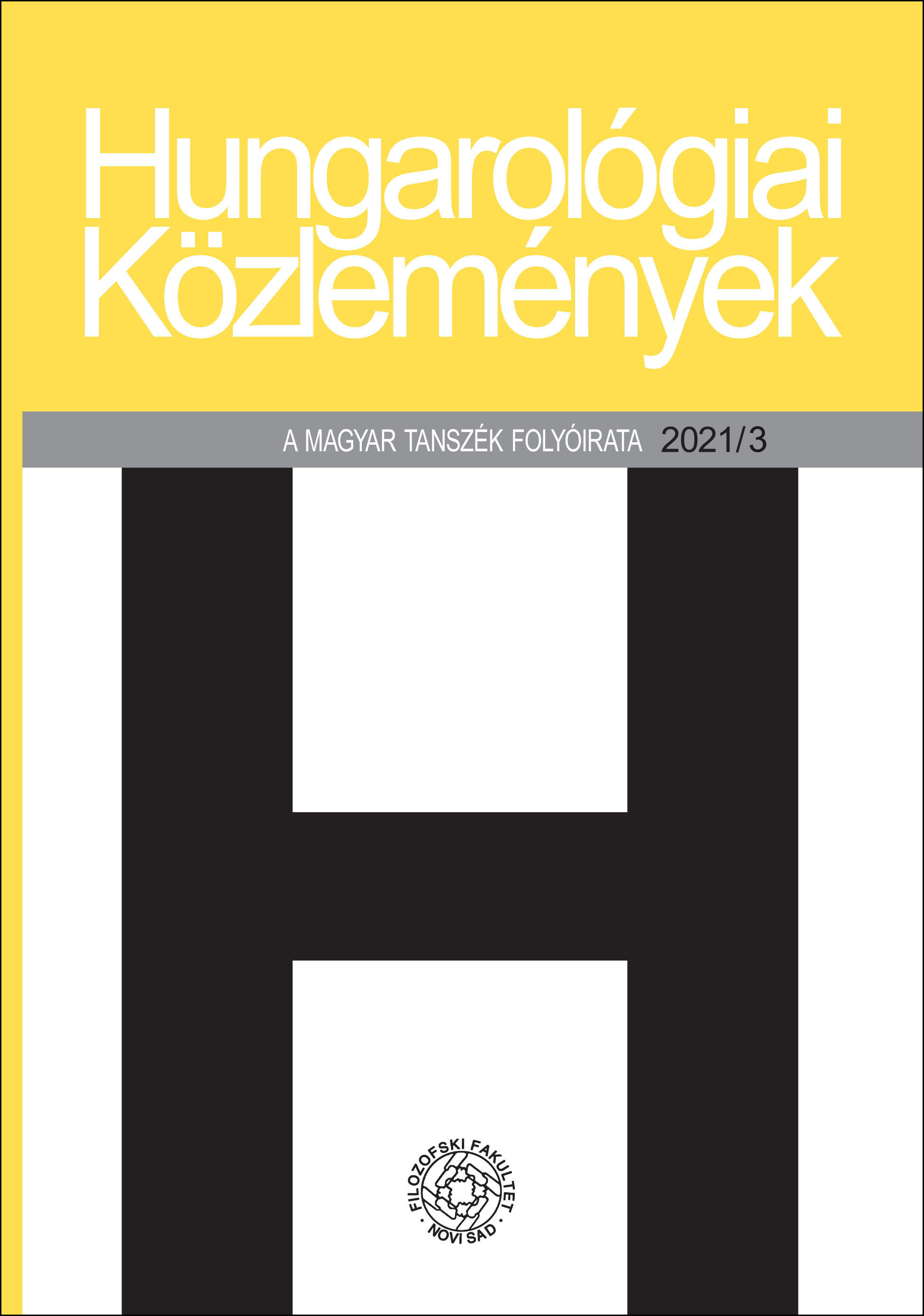Három epizód a monsztrőzitás irodalomtörténetéből (Shelley, Stevenson, Lovecraft)
Three episodes in the literary history of monstrosity (Shelley, Stevenson, Lovecraft)
Author(s): Róbert SmidSubject(s): Studies of Literature
Published by: Филозофски факултет, Универзитет у Новом Саду
Keywords: monster studies; gothic; Victorian fiction; weird fiction
Summary/Abstract: The paper scrutinizes the shift in literary horror that occurred at the beginning and the end of the 19th century and in the first half of the 20th century with regard to the figure of the monster and the experience of monstrosity. The Gothic prose of Mary Shelley or Edgar Allan Poe in the first half of the 19th century postulated the monster as an alien entity that was part of a different ontology; it was unnatural, yet when it comes to the dichotomy of nature and culture, it paradoxically belonged with the former. Bram Stoker, Oscar Wilde, Robert Louis Stevenson and H. G. Wells, however, constituted the figure of the monster by integrating its alienity and exotic nature into the social order of the fin-de-siècle. The next and final stage in the paradigm shift of monstrosity is the horror of H. P. Lovecraft, who unveiled the monster in the very rationality of the discourse network of 1900, and turned the then-dominant “horror metaphysicae” into a profoundly physical horror, which ultimately lead to the foundation of a new genre: the weird.
Journal: Hungarológiai Közlemények
- Issue Year: 22/2021
- Issue No: 3
- Page Range: 21-36
- Page Count: 16
- Language: Hungarian

